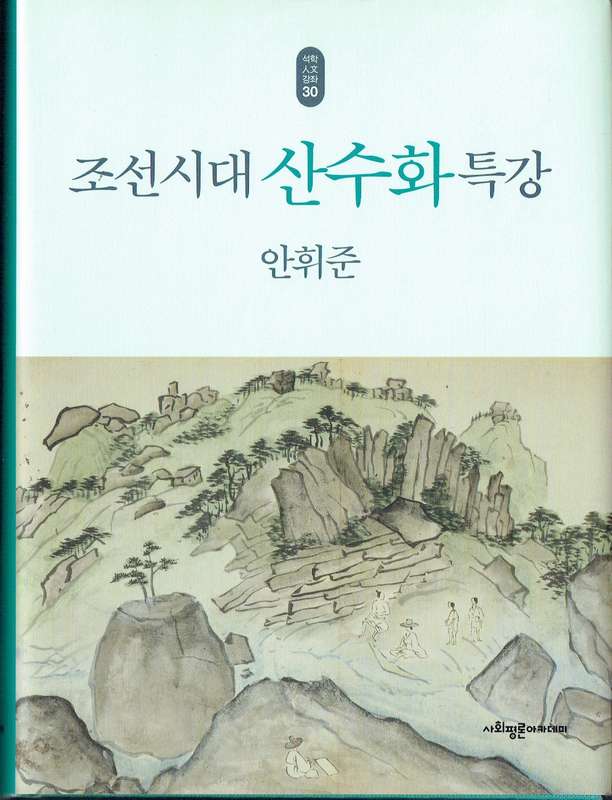
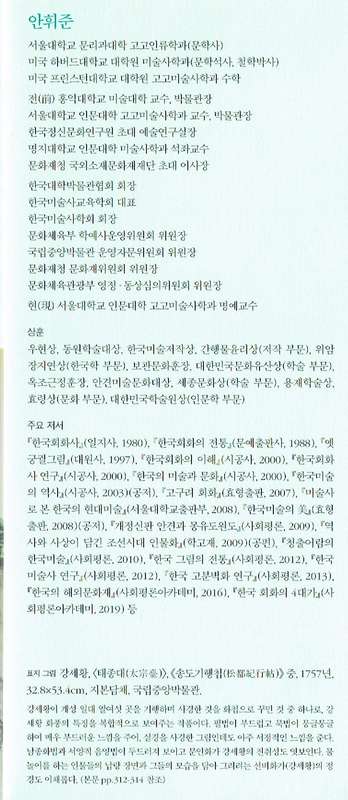

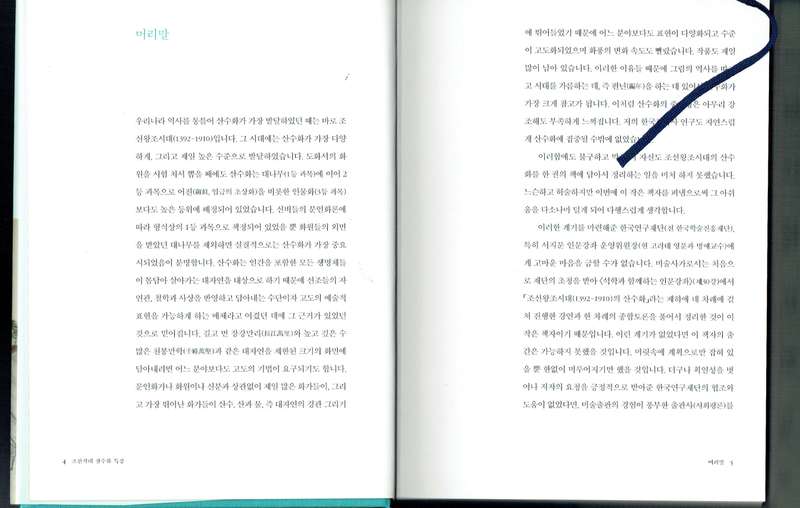
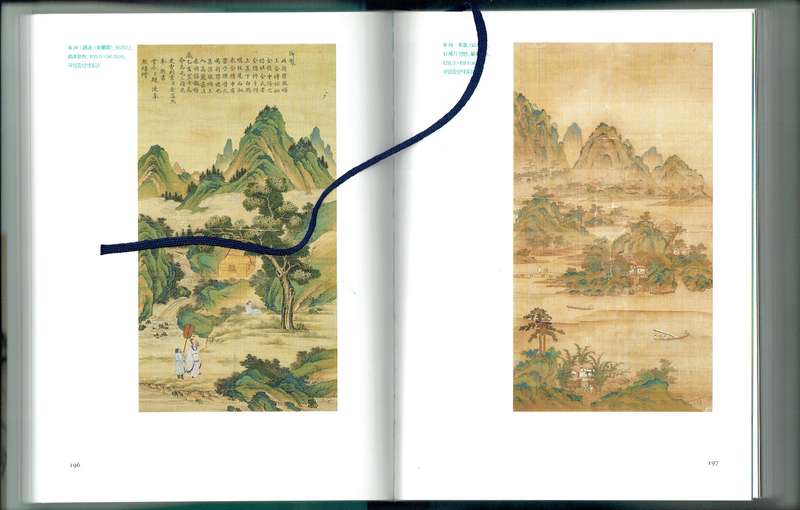
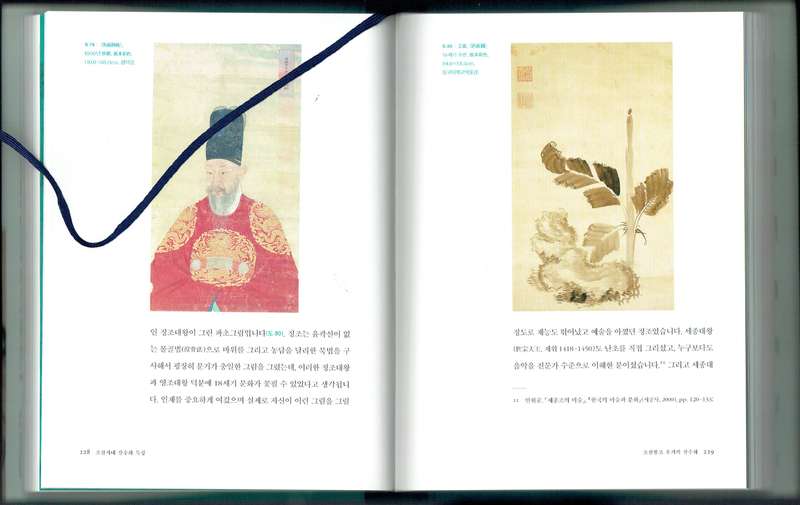

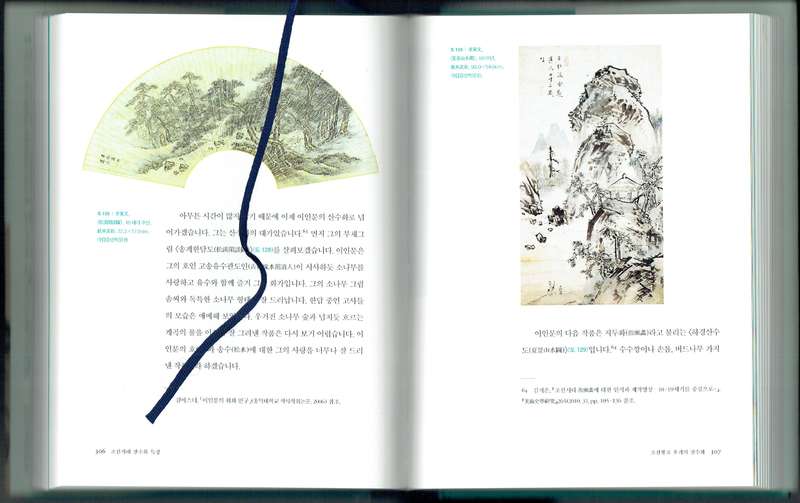





Korea Korean art history Ahn Hwi-jun, Jo-seon-si-dae san-su-hwa teuk-gang
Check my rate
| Main centres: | 1-3 business days |
| Regional areas: | 3-4 business days |
| Remote areas: | 3-5 business days |













| Main centres: | 1-3 business days |
| Regional areas: | 3-4 business days |
| Remote areas: | 3-5 business days |
Ahn Hwi-jun, Jo-seon-si-dae san-su-hwa teuk-gang. Seoul: Sa-hwe-pyeong-ron, 2019.
Hard cover, dustwrapper, 522 pages, illustrations.
In pristine condition.
The text is entirely Korean. The book relates to Korean landscape painting during the Joseon dynasty period.
Machine translation: 'The period when landscape painting was most developed throughout Korean history was the Joseon Dynasty (1392-1910). During that period, landscape painting developed in the most diverse and highest levels. When selecting painters for the Do-hwa-seo, landscape painting was ranked second after bamboo (first class), and was ranked higher than portraits of kings and portraits of people (third class). Excluding bamboo, which was considered the first-class subject in terms of form according to the scholars theory of literati painting, landscape painting was actually considered the most important. It is believed that the basis for this was that landscape painting was considered a means to reflect and express the natural world, philosophy, and thoughts of the ancestors, and a medium that enabled advanced artistic expression, because it was the subject of the great nature where all living things, including humans, live. To capture the great nature, such as the long and distant Yangtze River and the many high and deep mountains, on a limited screen, more advanced techniques are required than in any other field. Regardless of social status, whether literati or painters, most painters, and the most outstanding painters, draw landscapes, mountains and water, that is, the great nature.'
PLEASE NOTE: THIS BOOK IS ENTIRELY IN KOREAN. I have found it possible to understand the text with a high degree of accuracy by dropping images of the pages into Google Translate.
I bought this book new while living in Korea earlier this year. It is in mint condition.